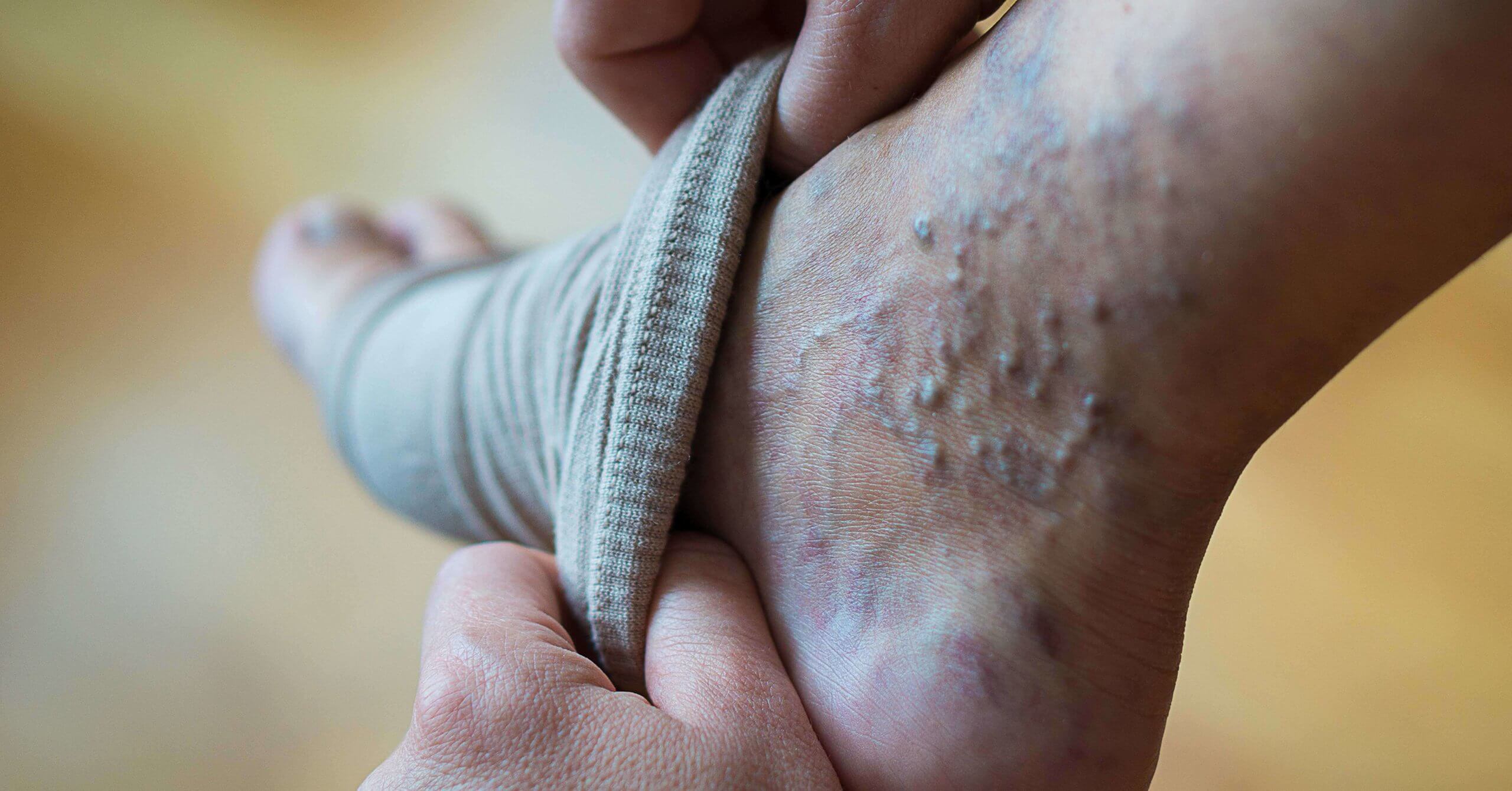Many clinicians encounter patients who follow their plans of care regarding compression therapy without question or delay.
Other clinicians, however, can find themselves dealing with patients who appear unwilling to adhere to their compression plans.
Wound care clinicians may at times scratch their heads and wonder why some patients are nonadherent with their therapy.
Understanding why some patients are nonadherent and taking action to help improve adherence can increase the likelihood of reaching both short- and long-term goals and improve outcomes.
Why patients might not stick with the plan
Christopher Miles, OTR/L, CLT, CWCA, senior manager of clinical services at medi USA, shed some insight into why some patients don’t adhere to a compression plan of care.
“The main root cause as to why people typically don’t comply with compression therapy is because the don’t always understand why they need to use it,” Miles said.
While external therapy is used for reducing pain and swelling, and improving lymphatic flow, it is also used to improve venous function and help heal venous leg ulcers.
One example Miles used to illustrate this lack of patient knowledge that can lead to nonadherence, is when the therapy is used for healing venous leg ulcers.
“Many patients with venous insufficiency think of their compression therapy as being used for healing their venous ulcer or ulcers only,” he said. “Once their wound or wounds heal, they stop using their compression. Many of these patients think that once their wound is healed, they don’t need to continue using their compression therapy.”
Patient education key for proper healing
You don’t use compression therapy only to heal a venous wound, Miles said. You also use it to re-balance the venous system.
“When the venous system is compromised, external compression will help re-balance the venous system,” he said. “Once you have a wound, it’s too late. The venous system was compromised for too long.”
Many patients don’t want to commit to continued therapy use after they heal, according to Miles. This holds true whether the therapy is in the form of bandages, stockings or pneumatic compression.
“This can be due to either challenges they have in putting on their appliances — as can sometimes be the case with tight stockings — or simply not understanding why it’s so important they continue to use compression for their venous insufficiency,” Miles said.
Educating clinicians about the importance of actively questioning patients to identify barriers to using their treatments is essential, he added.
If your patient is having difficulty putting on their therapeutic stockings, it’s your responsibility as a clinician to strategize and make it easier for the patient.
“Finding another garment that will still work for them in applying the correct amount of compression needed for the severity of their disease, while also offering an easier way for them to apply it, will help increase the patient’s adherence with its use,” Miles said.
One example, according to Miles, is using a garment with Velcro to ensure easier use.
Ensure therapy level matches patient need
On the flipside, Miles said clinicians should be careful they don’t place patients on an alternate mode of compression that is not robust enough for their level of disease.
“There have been numerous advances in compression therapy, and there are many different styles and garments to choose from to offer patients, making it easier to find something that will work yet still address and reduce their previous challenges,” he said.
Clinicians and patients need to understand that the therapy is the medication for venous diseases.
“Compression comes in different levels as indicated by the level of the patient’s disease state,” Miles said. “Not all levels of compression will get the job done for each patient. It needs to match their level of disease.”
Having open conversations with patients who have failed with their therapy can help put a plan in place for patients now and in the future.
You’ll want to determine why your patient failed before and find a compression therapy that can help them heal their present wound or wounds, he suggested.
Clinicians also should look for a therapy once patients’ wounds heal since compression therapy in some form will need to continue.
Patients must be part of the decision tree when creating a plan of ongoing care.
“Including the needs of the patient that addresses their past challenges — and their thoughts on how they can successfully adhere to their future care plan — can help patients achieve success with their compression therapy,” Miles said.
Take our course on Skin and Wound Management.
What do you think?

